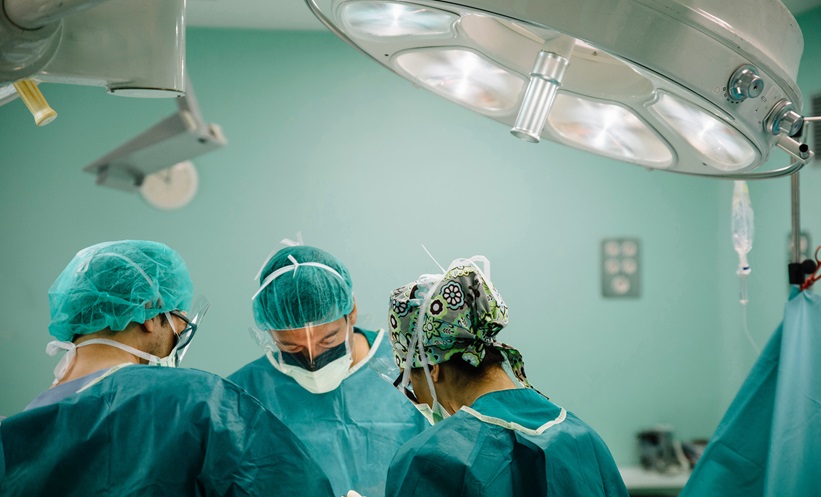RESEARCH on the intestine is a rapidly evolving field for a multitude of reasons, not least due to the incredible progress made in the development of organoids – highly sophisticated miniature organs grown artificially from embryonic or pluripotent stem cells and exhibiting the features and functions of the organ they represent.
The intestine is incredibly complex, with an enormous surface area and a colossal number of nerves forming the enteric nervous system, and is often compared to the brain. With this in mind, it is perhaps unsurprising that the gut is involved in a wide array of physiological functions, ranging from the digestion of food and absorption of nutrients to its endocrine role – the release of intestinal hormones (incretins). The organ’s complexity makes it difficult to study its inner workings, and consequently little is known about how its many functions are regulated.
“The special thing about our scientific work on the intestinal organoid is that we can observe its inner workings,” explained Dr Tamara Zietek, Department of Nutrition Physiology, Technical University of Munich (TUM), Munich, Germany. “The mini-intestines exhibit all the essential functions of a real intestine.” Examples of these functions include active absorption of nutrients and drugs, as well as the release of hormones after activation by nutrients.
Organoids, which can be as small as a quarter of a millimetre and can be replicated in the laboratory for use over extended periods of time, represent a useful tool for the study of molecular pathways in vitro. Using a new method of organoid growth, one that is mainly used in stem cell research and regenerative medicine, researchers led by Dr Zietek in collaboration with Dr Eva Rath, Department of Nutrition and Immunology, TUM, have been able to create a robust model for the study of molecular processes such as incretin release.
It is hoped that the new method can be used to aid researchers working to develop new forms of treatment for gastrointestinal diseases, for example targeted or personalised treatments for gastrointestinal cancers, as well as to elucidate the mechanisms of action of drugs in current use. Furthermore, the use of organoids may allow an exponential decrease in the need for animal models.
(Image: freeimages.com)







